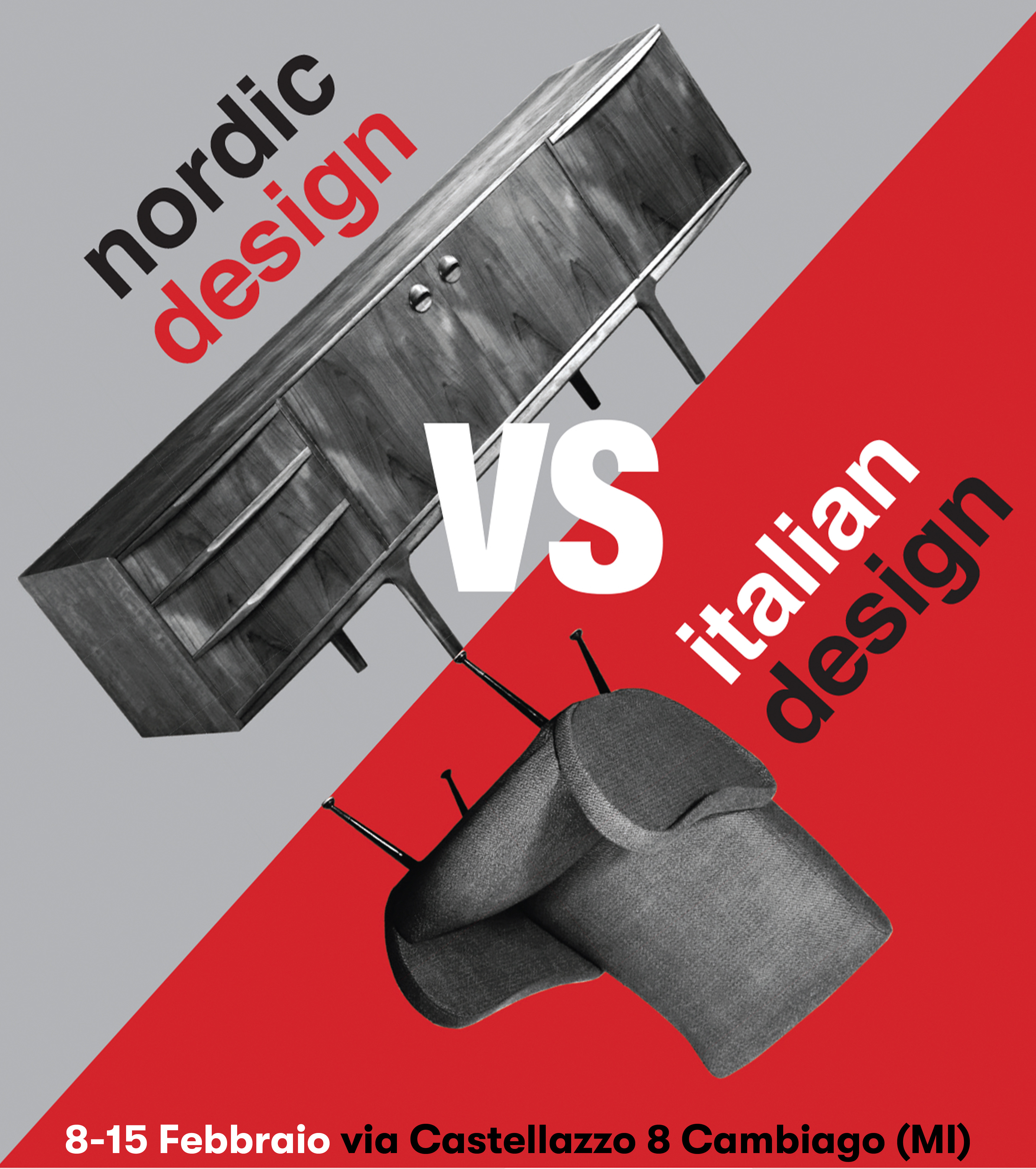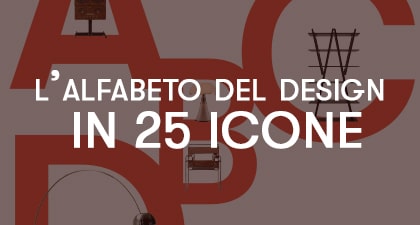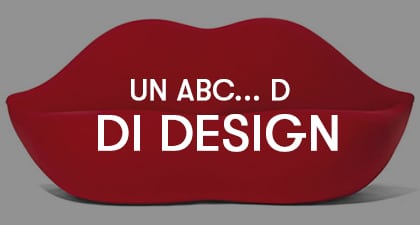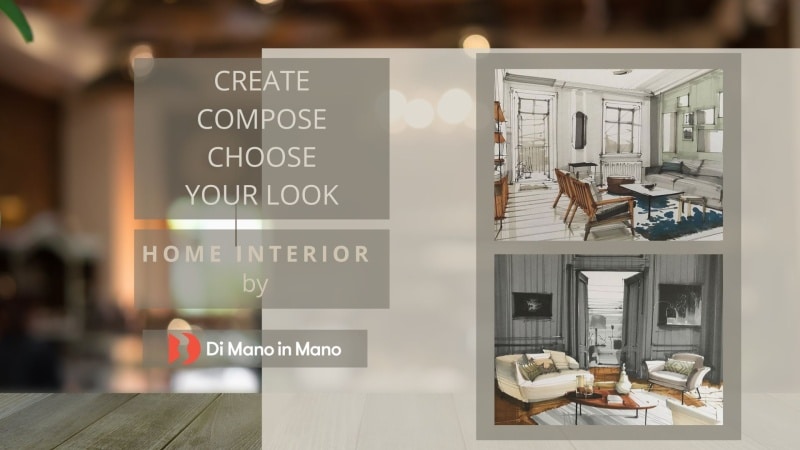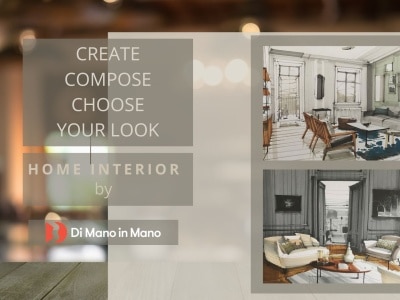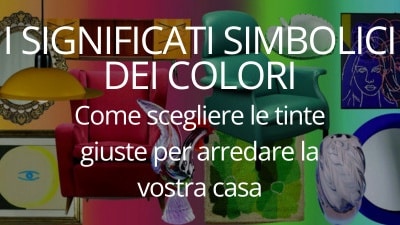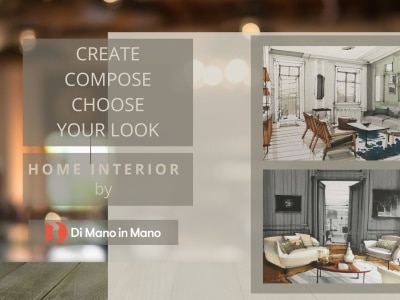Scandinavian Design VS Italian Design
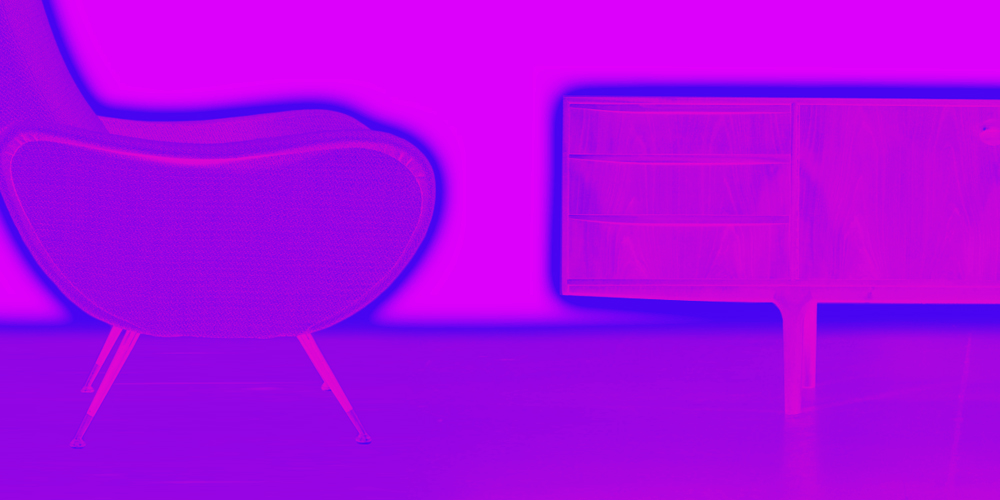
Following two world wars occurring in a short span of time, the world of design sought an antidote to totalitarianism, initiating new democratic social ideas across Europe.
Beauty, once reserved for the wealthy, and functionality, desired by everyone, combined. The world was changing, and the concepts of accessibility and convenience in daily life ensured that, starting from the 1950s, Scandinavian design gained global prominence.

Compared to the fashion trends of Central Europe, the criteria of the new Nordic style focused entirely on functionality, high-quality materials, and integration within domestic spaces.
Between the fresh and pure forms of the Bauhaus and the warm, sophisticated polychromatic designs of the 1930s, Scandinavian art appeared as the perfect synthesis of something truly original.
The first movement retained the purity of lines and volumes, while the second embraced the warmth and refinement of materials without ostentation.
While these influences were felt aesthetically, the values underpinning them were specific and deliberate. Sharing many elements with the modernist movement, Scandinavian style emphasized bright and airy spaces, sharp contrasts, and a clear reference to nature, evoking a sense of calm to experience in everyday life.

Alvar Aalto, Hans Wegner, Arne Jacobsen, and Eero Aarnio enhanced the potential of Scandinavian aesthetics by creating iconic design pieces.
Among the most famous is the Ant Chair by Arne Jacobsen.
Designed for the cafeteria of a pharmaceutical company, the chair featured a seat and backrest connected and both crafted from the same sheet of plywood—a true innovation at the time.

Inspired by this design, the “Series 7” and the “3107” followed, becoming some of the most successful furniture pieces ever designed.
In addition to numerous everyday objects like chairs, armchairs, and tables, sideboards have over time become pieces that defined the preference for Scandinavian style.
Beautifully crafted, these design objects still display refined details. New techniques of bending, joining, and fastening are characterized by fine beveled edges, precise mortise-and-tenon joints, and sculpted hollow handles. Additionally, the predominant use of exotic woods like teak or rosewood highlights their natural grains, colors, and patinas, complemented by the addition of elegant hinges and custom-forged small locks.
During the same years, Italian design embraced the concepts of technological innovation and functionality common to the Nordic movement to create products that merged form and function with a touch of irony.
Personalities like Gae Aulenti, Achille Castiglioni, and Vico Magistretti reimagined objects considered obsolete to create something entirely new from old preconceptions.
While leading Scandinavian figures focused on clean forms, neutral colors, and raw materials, Italian design contributed iconic pieces to industrial production with strong emotional and evocative power.
Many of these, sometimes simple yet derived from complex forms, were capable of conveying a strong human and emotional impact, otherwise known in the design field as “Emotional Design.”
This category included tables and chairs, whimsical lamps, consoles and sideboards, and various small household items that, over the last half-century, have made Italian design a benchmark for those viewing furniture as both functional and beautiful.
Among many proposals, Osvaldo Borsani explored the potential of the chaise longue first introduced by the Modern Movement.
He created a “resting chair” of reduced dimensions, taking advantage of the technological evolution of the time to make it fan-reclining and accommodate the body in a fully reclined position. In 1955, the P40 Icon of Design was born (about which we wrote here), a version of Le Corbusier’s “machine for relaxing.”

While Italian maximalism, still highly appreciated and chosen today by renowned designers for home furnishings worldwide, subdued colors, natural materials, and minimal forms have made the Scandinavian movement a timeless design chosen by new generations and continues to impress.
If you love design and want to discover unique pieces of Nordic craftsmanship alongside some Italian beauties, join us from February 8th to 15th at our Cambiago store.
An event dedicated to this duality is coming.
